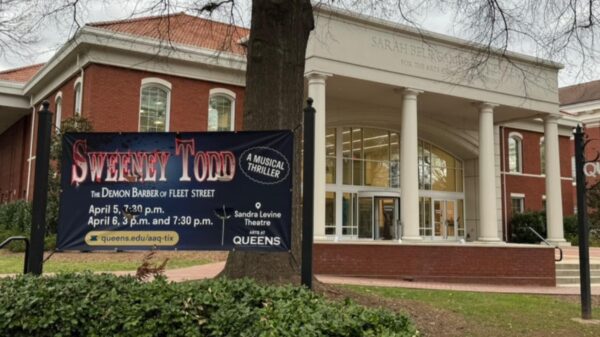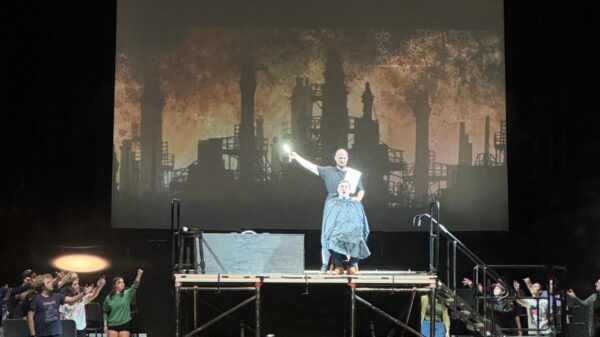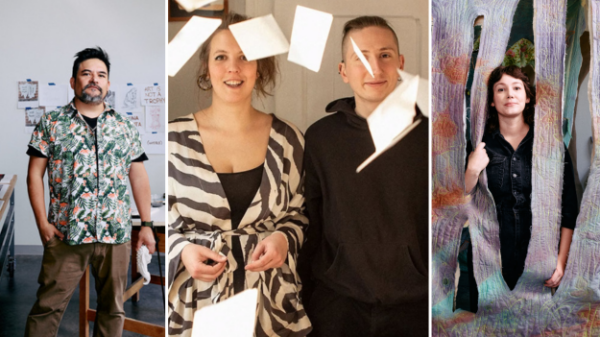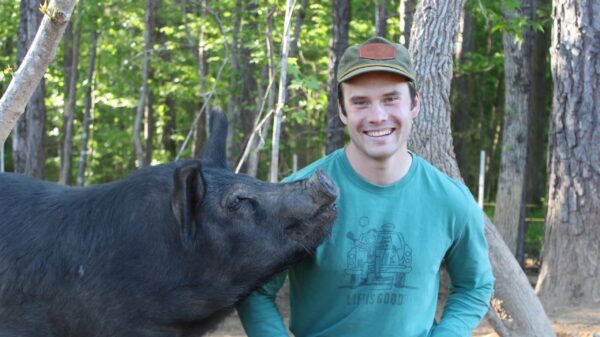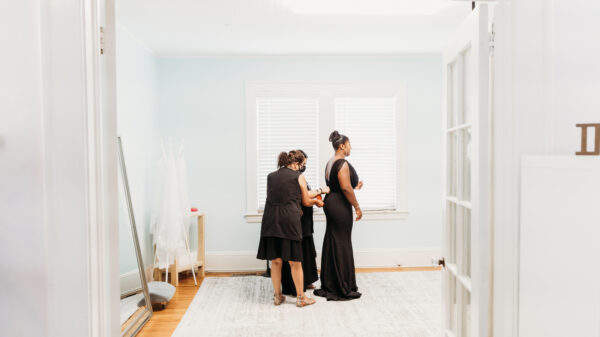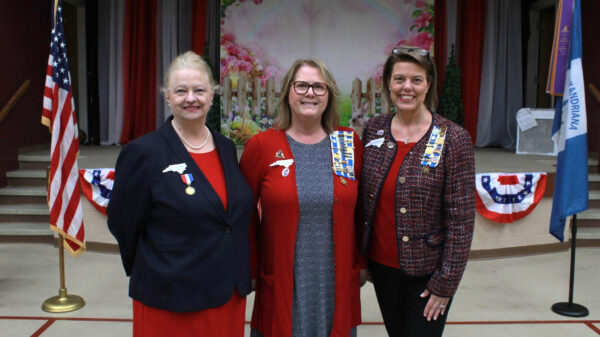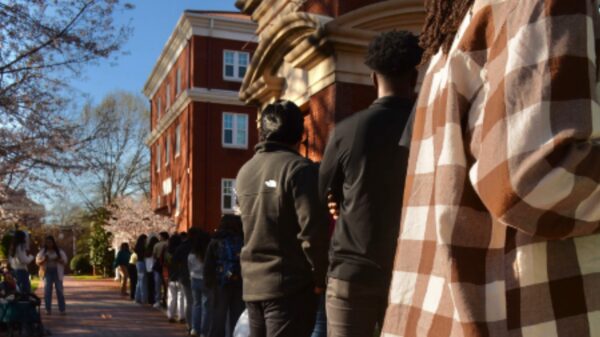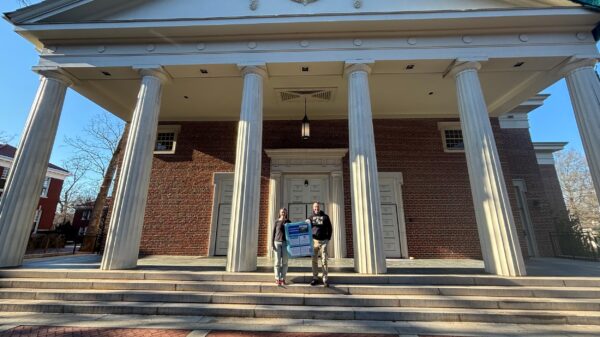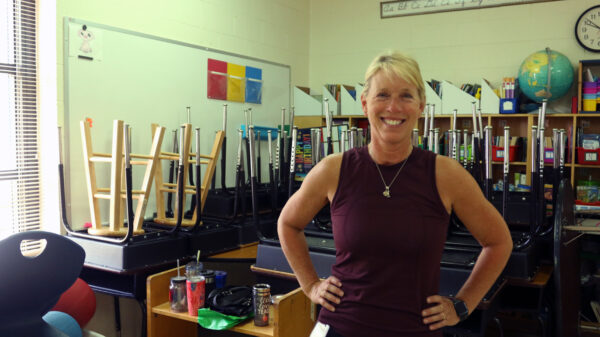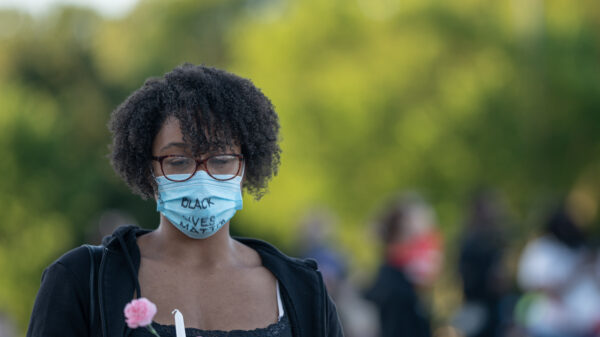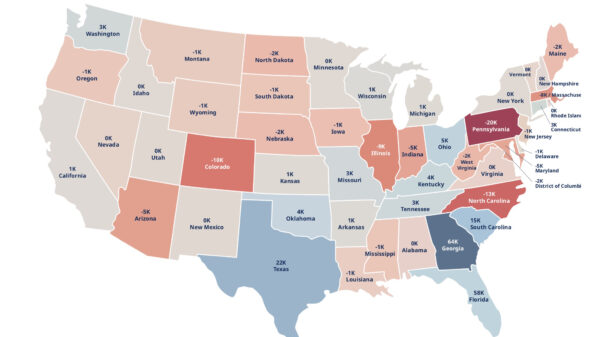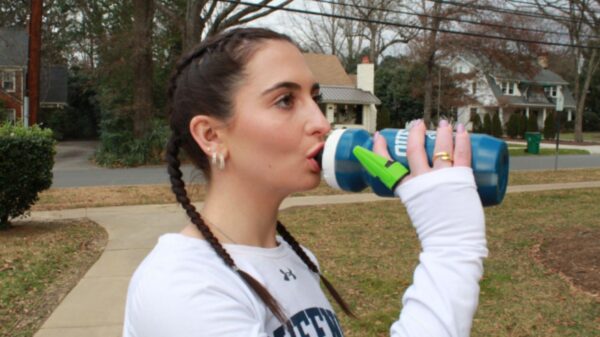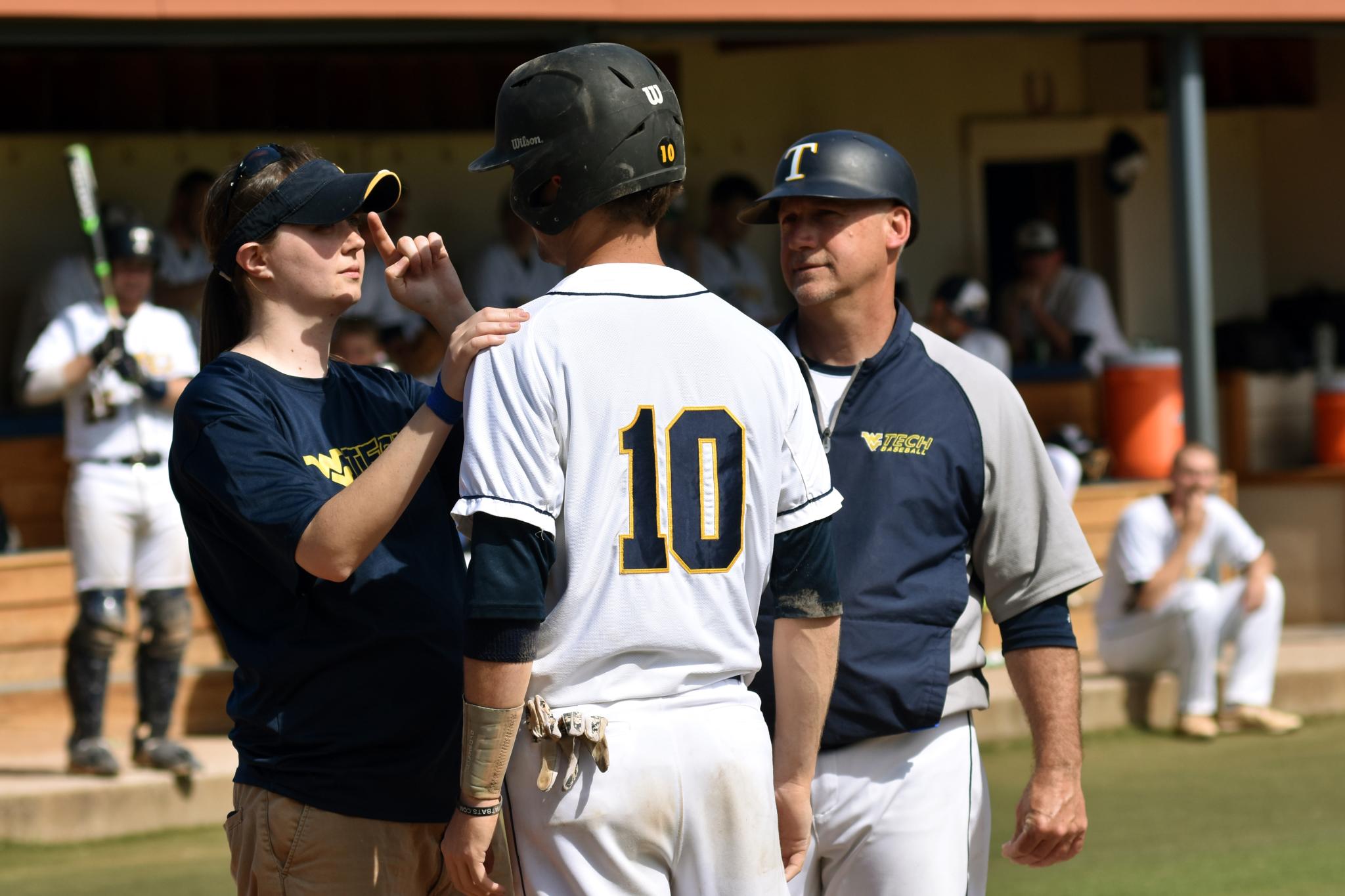It felt like zero gravity.
It was a tie.
I didn’t expect it because we were out of bounds. In a high school wrestling match, there would have been a fight. Angry parents would rush the mat. As a referee, I’ve thrown out high school athletes for that.
My opponent steps in with his hips and loads up. I saw the ceiling, and then I saw stars. I remember my trainer picking me up. I stumbled into the hallway, fell down and threw up on a gray tile floor.
I know most of this from watching a video of my match on a wrestling website.
This is what it feels like to experience a concussion firsthand. About one in 75 university students experience it every year, according to December 2019 research from the University of Colorado, published by the Journal of the American Medical Association. In Mecklenburg County, with 37,000 students at five universities, that translates into about 500 concussions annually.
What is a Concussion?
In more than 10 years of wrestling, I’ve had several injuries, including two knee surgeries, but nothing compared to what I felt on the wrestling mat in February.
“A concussion is different from a lot of injuries,” said Dr. Keith Anderson of Novant Health, who serves as my athletic team’s physician at Queens University of Charlotte. “The brain is not bleeding, bruised, deformed, but functionally the brain is impaired.”
My experience included headaches, loss of focus, trouble remembering and sensitivity to light and sound. I stayed away from computer and phone screens for two weeks, and wore sunglasses and a hat for three weeks to block light.
The team physician told me concussions are long-term injuries, and there is no telling how long it might take individuals to fully recover. “It can be days, weeks, months, sometimes even years,” Dr. Anderson told me. Eighty-five percent of concussed individuals get better in 7-10 days, he said. It took me about three weeks, but even after five weeks, I had trouble remembering things. Six weeks later, I’m still not supposed to ride a bike.
Concussion Protocol
Caroline Kannel, my athletic trainer, explained to me that typical concussion protocol involves patients waiting until they no longer display symptoms. The protocol includes assessments of the patient based on health history, including disorders, mental health or other brain injuries. Trainers evaluate any symptoms, and then conduct a cognitive assessment and a balance evaluation. Only then an athletic trainer, or medical practitioner, can determine clearance for physical activity.
“After the patient has reported no new symptoms, there is a six-day protocol to follow for return to activity,” Kannel said. For athletes, the protocol allows for increasing the intensity of physical activity, day by day.
Short-term memory recall was especially difficult during my protocol. During tests given to me after one day and after seven days, I struggled to remember words or shapes that had just been provided to me 60 seconds earlier.
Most Concussions Happen Outside of Organized Sports
Concussions are more common among non-athlete students than among student athletes. The University of Colorado study indicated that 64% of concussions were non-sport-related.
“I work with non-athletes all the time,” Dr. Anderson told me. “Car wrecks are probably the biggest culprit. Other common ones are slipping and falling, especially in the winter months when people slip on ice or hit their head. Assault is not an uncommon reason why I see someone for a concussion.”
From Personal Experience
One of my wrestling teammates, Wesley Sharpe, has experienced three concussions within eight months, which are preventing him from competing for the next year. Wesley told me he still has difficulty concentrating and sometimes experiences mood swings.
I’ve learned that concussions are usually not life threatening, but they’re a serious injury that can affect your life for years. In my case, they made me put everything – social life, work, academics, athletics – on a slow-motion pause for two months. But in the grand scheme of things, maybe two months isn’t all that bad. I’ve only got one brain.


